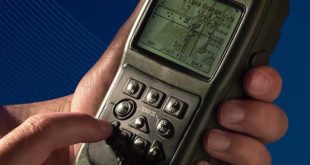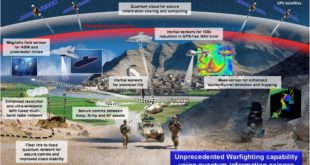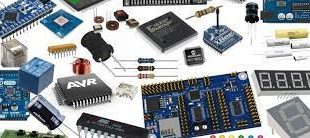Systems like GPS, Russia’s GLONASS, China’s BeiDou, and Europe’s Galileo systems are Global Satellite Navigation Systems (GNSS) that provides real-time positioning, navigation and timing (PNT) data. The worldwide Global Positioning System (GPS), created in the late 1980s, has evolved to become an essential part of life for nearly every person on …
Read More »DARPA SBIR for 3D printing of safe and edible food products converted from waste
With nutritional status being central to success in battle, food technology has long been considered an enabler for military operations. Food technology has been instrumental in ensuring that troops remain “fit to fight”. 3D printing technology for food continues to advance. The 3D printing technology will be fundamental to …
Read More »DARPA Quantum Apertures (QA) developing employing Rydberg atoms for military electronic warfare, radar, and communications.
The world, say many experts, is on the verge of a second quantum revolution. Many scientists believe that quantum will enjoy its first real commercial success in sensing. That’s because sensing can take advantage of the very characteristic that makes building a quantum computer so difficult: the extraordinary sensitivity of …
Read More »Electronic Components Market
An electronic components is a physical entity in an electronic device that is used to affect the electronic field. Electronic components are categorized into two types i.e. active components and passive components. Active electronic components are used to produce energy in the form of voltage, whereas passive electronic components are used …
Read More »Artificial Intelligence for Early Warning Intelligence and effective response for CBRN threats
The threats of chemical, biological, radiological, nuclear and explosive (CBRNE) hazards continue to advance. CBRN weapons are some of the most indiscriminate and deadly weapons in existence today, with capability to affect large population in wide geographical area and in short time. The release of Chemical, Biological, Radiological and Nuclear …
Read More »Neural and tensor holography enables realistic 3D holographic images in virtual and augmented reality headsets
Virtual reality headsets have gained tremendous popularity. However, one common problem tends to occur— the headsets can make users feel sick. Nausea can be experienced because users’ eyes are being tricked into seeing a 3D scene, when, in fact, they are staring at a 2D fixed-distance display. One possible solution …
Read More »Quantum Computers for High-Performance Computing (HPC) data centers
High Performance Computing (HPC) refers to the practice of aggregating computing power in a way that delivers much higher horsepower than traditional computers and servers. HPC, or supercomputing, is like everyday computing, only more powerful. It is a way of processing huge volumes of data at very high speeds using …
Read More »Unmanned Aerial vehicle (UAVs) swarms for Early warning of Chemical, Biological, Radiological and Nuclear (CBRN) Threats
The threats of chemical, biological, radiological, nuclear and explosive (CBRNE) hazards continue to advance. CBRN weapons are some of the most indiscriminate and deadly weapons in existence today, with capability to affect large population in wide geographical area and in short time. The release of Chemical, Biological, Radiological and Nuclear …
Read More »Next generation neuromorphic chips bringing deep learning from cloud to IoT Edge Devices and mobiles
Within AI is a large subfield called machine learning, the field of study that gives computers the ability to learn without being explicitly programmed. Instead of the laborious and hit-or-miss approach of creating a distinct, custom program to solve each individual problem in a domain, the single machine learning algorithm …
Read More »DoD Rapid Assured Microelectronics Prototypes (RAMP)
In Oct 2020, the Department of Defense announced it has awarded over $197 million to advance microelectronics technology and strengthen the American microelectronics industrial base. This critical industry will underpin the development of other Department of Defense technology priorities such as artificial intelligence, 5G communications, quantum computing, and autonomous vehicles. …
Read More » International Defense Security & Technology Your trusted Source for News, Research and Analysis
International Defense Security & Technology Your trusted Source for News, Research and Analysis








